In 1930, Le Corbusier opted for French nationality, and in the same year he married Yvonne Gallis, a former fashion model. The growing reputation of his early realizations, as well as his writings, painting and furniture led to important commissions: Centrosoyus in Moscow (1928), the Salvation Army Cité de Refuge (Paris, 1929) , the Pavillon Suisse (Paris, 1930) and the Immeuble Clarté (Geneva, 1930). He travelled extensively, giving lectures all over the world, in Prague, Moscow (1928), Argentina and Brazil (1929 and 1936) in Spain (1930), Italy (1934) and the United States (1935-1936). These travels led on his return to new books being published, Precisions on the Present State of Architecture and Urbanism (1930)[6] and When Cathedrals were White: a Journey to the Land of the Timid (1937)[7].
BIOGRAPHY
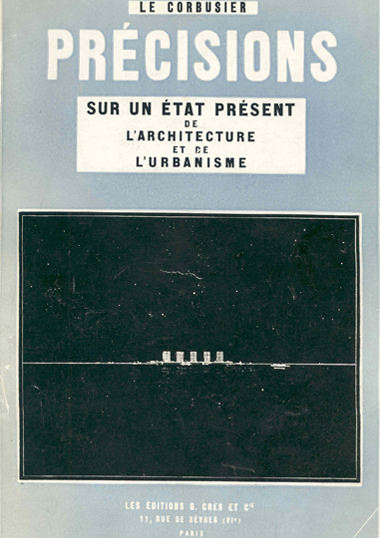 Précisions sur un état présent de l'architecture et de l'urbanisme, 1930
Précisions sur un état présent de l'architecture et de l'urbanisme, 1930
[7] Quand les cathédrales étaient blanches : voyage au pays des timides, Plon, Paris, 1937.
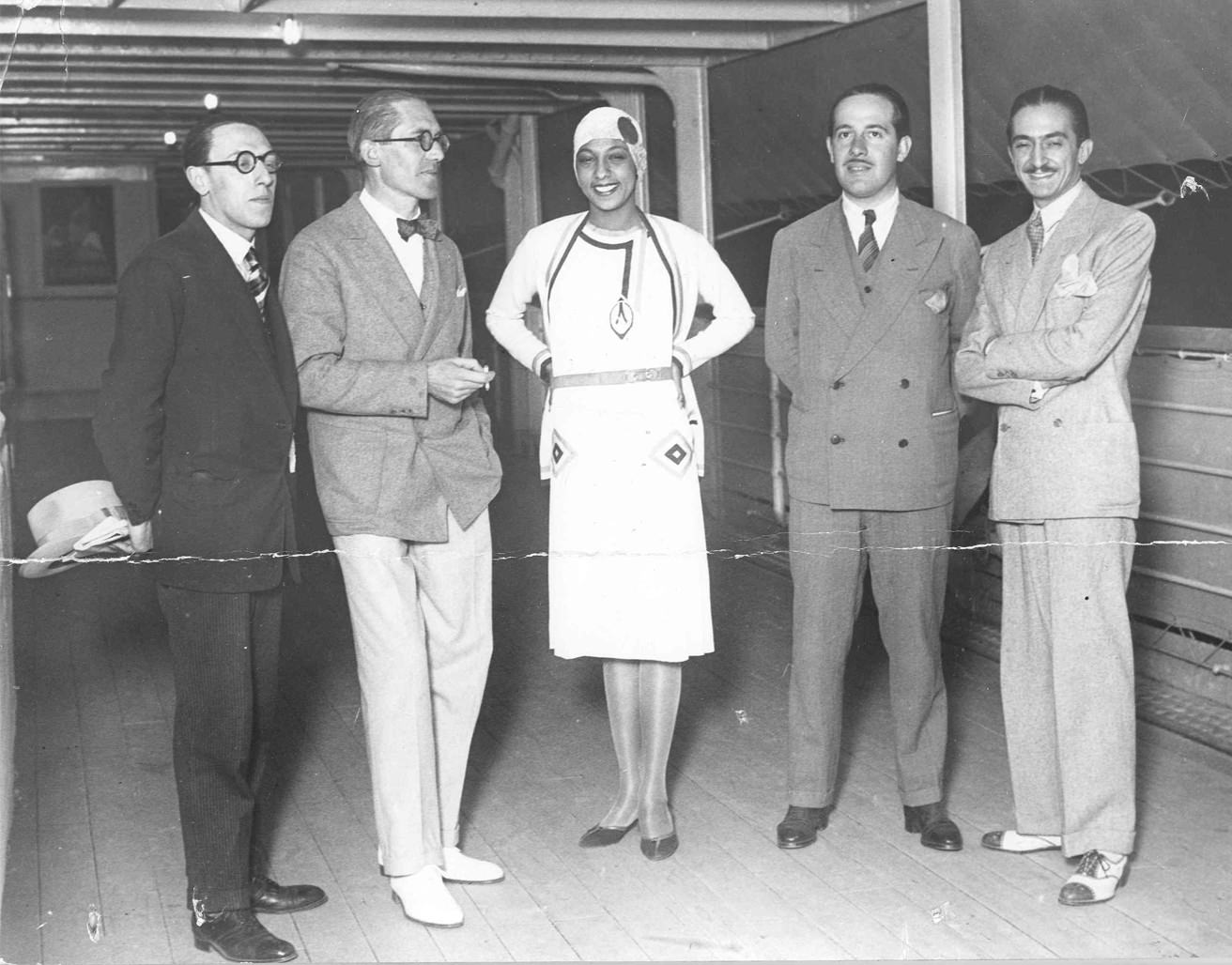 Le Corbusier et Joséphine Baker à bord du Lutetia, 1929
Le Corbusier et Joséphine Baker à bord du Lutetia, 1929
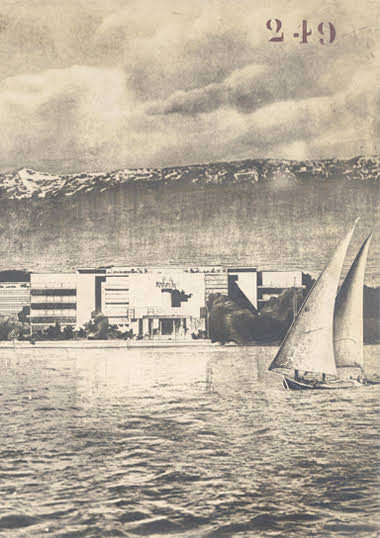 Palais de la Société des Nations, Genève, 1927
Palais de la Société des Nations, Genève, 1927
In 1929, he began the publication of the series of Complete Works[8] in eight volumes, a valuable tool in the dissemination and influence of his thought; the series was completed in 1967. His unfortunate participation in the Palais de la Societe des Nations (Geneva, 1927) finally consecrated him both as spokesman for the modern movement and scapegoat of academicism.
« Juxtaposées à l’économique, au social et au politique, les valeurs d’ordre psychologique et physiologique attachées à la personne humaine introduisent dans le débat des préoccupations d’ordre individuel et collectif. La vie ne s’épanouit que dans la mesure où s’accordent les deux principes qui régissent la personnalité humaine : l’individuel et le collectif. »
Charte d’Athènes, Article 2
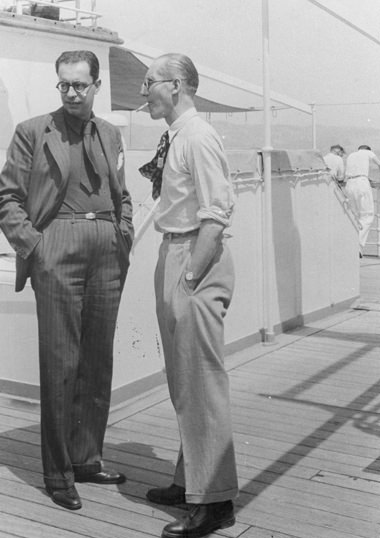 Le Corbusier et Ghyka à bord du Patris II lors du CIAM IV à Athènes, 1933
Le Corbusier et Ghyka à bord du Patris II lors du CIAM IV à Athènes, 1933
In 1928, Le Cobusier was among the founders of C.I.A.M, the International Congress of Modern Architecture, whose work was to be essential for the future of 20th century architecture. He continued to participate in this until the C.I.A.M dissolution in 1959. At the fourth congress in Athens in 1933, he made a fundamental contribution to the drafting of an important urban planning manifesto, the Athens Charter, first published in 1943[9].
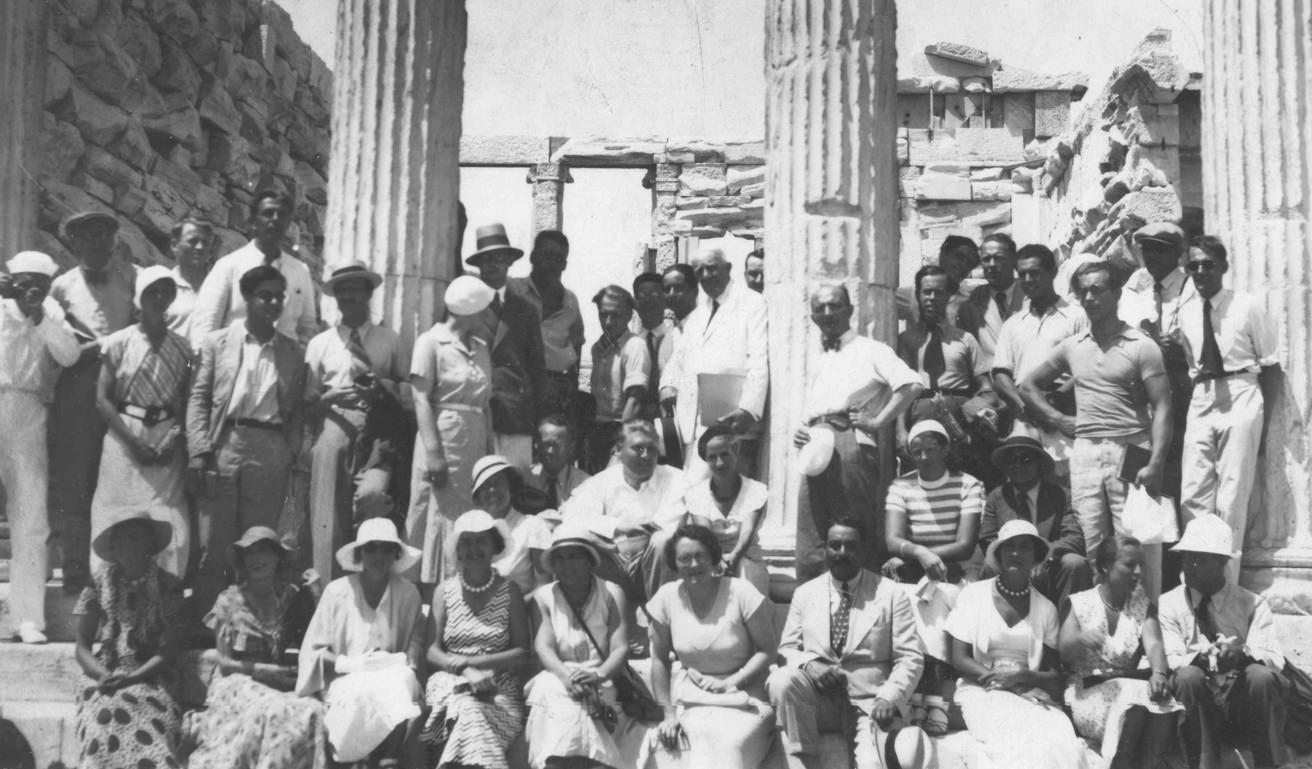 Participants lors du CIAM IV à Athènes, 1933
Participants lors du CIAM IV à Athènes, 1933
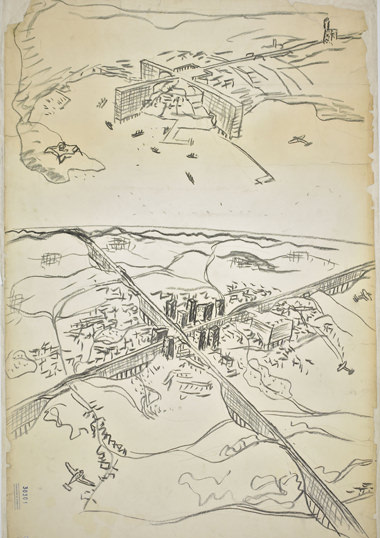 Haut : Urbanisme, Montevideo, 1929
Haut : Urbanisme, Montevideo, 1929Bas : Urbanisme, Sao Paulo, 1929
In it were developed planning projects for Antwerp, Geneva, Stockholm, Moscow, Montevideo, Rio and Sao Paulo. None of these projects was realized, but they were widely diffused and thus contributed to the development of contemporary urban planning, like the projects designed for Algeria beginning in 1931, including the Obus Plan for Algiers (1933). His international influence also led in 1936 to his being adopted as a consultant for the Brazilian Education Ministry project in Rio, entrusted to a young team of Brazilian architects led by Lucio Costa and Oscar Niemeyer. This essenetial work has since been considered as the starting point of the modern Brazilian school.
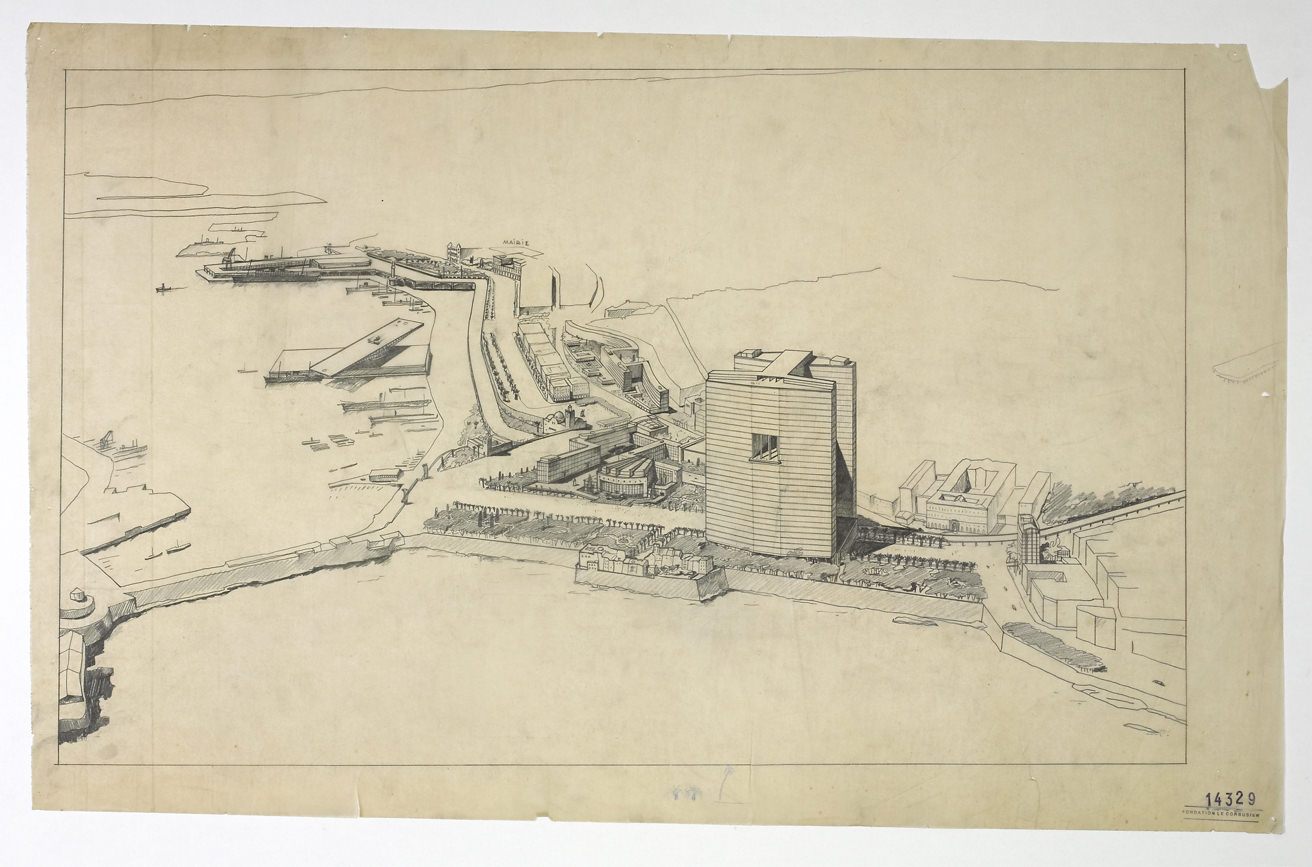 Urbanisme, Alger, 1930
Urbanisme, Alger, 1930Perspective à vol d'oiseau sur le port et une partie de la ville
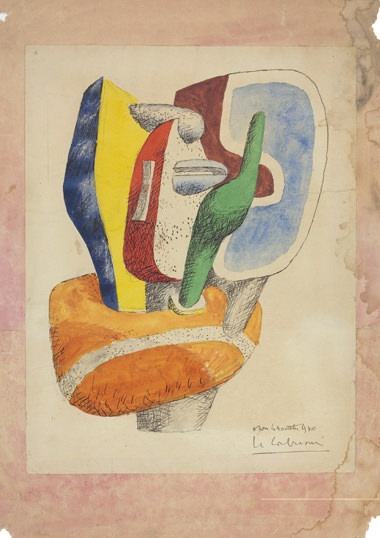 Etude pour sculpture, 1940
Etude pour sculpture, 1940
The outbreak of the Second World War marked the temporary end of his association with his cousin Pierre Jeanneret but they were to meet again in 1950 on the prodigious Chandigarh project in India. In 1940, Le Corbusier left Paris to take refuge in Ozon in the Pyrenees. Then, in 1941, he spent several months in Vichy in the hope that the new authorities would help him put into practice his ideas on urban and regional planning already set out in his contributions to the magazine Plans in the 1930s.
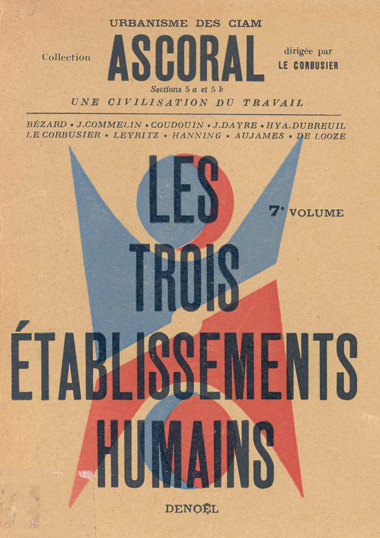 Les Trois établissements humains, 1945
Les Trois établissements humains, 1945
But, failing to find any positive response, in 1942 he returned to Paris where he founded ASCORAL, the Assembly of Builders for Architectural Renovation. The work of this think tank would lead to the postwar publication of two new books, The Three Human Establishments (1945) and Looking at City Planning (1946). [10].
penser l’urbanisme, éditions de l’Architecture d’Aujourd’hui, Boulogne, 1946.

